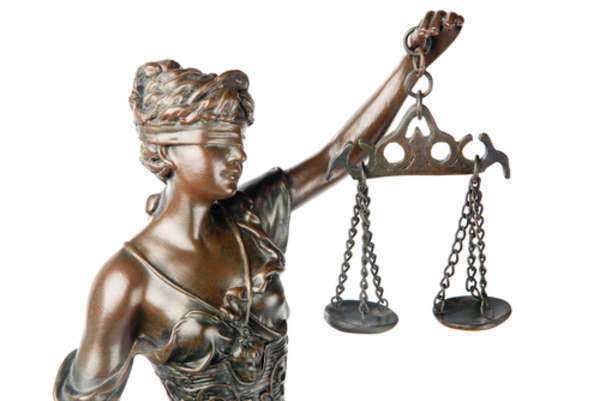Turnaway Study Investigates Effects of Unintended Pregnancies

Turnaway Study Investigates Effects of Unintended Pregnancies: Understanding the Impact of Abortion Restrictions
Introduction
In recent years, abortion access has become increasingly restricted in many parts of the United States. But what happens to those women who are denied an abortion? A new study from the University of California at San Francisco’s Bixby Center seeks to answer this question by examining the effects of unintended pregnancies and access to abortion.
The Turnaway Study
The Turnaway Study is the first of its kind, seeking to understand the physical, social, and economic impact of being denied an abortion. The study followed more than 1,000 women who either received an abortion or were denied one due to gestational age restrictions.
According to the study, women who were turned away from abortion care experienced a range of negative effects, including higher rates of poverty, lower educational attainment, and poorer mental and physical health outcomes. These effects were especially pronounced for women who were denied an abortion at a later gestational age.
The study also found that women who were able to receive an abortion were more likely to achieve their life goals, including educational and career achievements.
Implications of the Study
The Turnaway Study has important implications for policymakers and advocates working to protect access to abortion care. It provides clear evidence that denying women the ability to make their own reproductive choices has serious physical, social, and economic consequences.
The study also highlights the importance of access to affordable and timely abortion care. It shows that restricting access to abortion does not prevent unintended pregnancies, but rather forces women into potentially dangerous and economically unstable situations.
Conclusion
The Turnaway Study is a groundbreaking look into the effects of unintended pregnancies and access to abortion care. It provides important evidence that denying women access to the care they need has serious consequences for their physical, social, and economic wellbeing. By understanding the impact of abortion restrictions, we can work to promote policies that protect reproductive freedom and empower women to make their own choices about their bodies and lives.
Not all women who arrive at abortion clinics are able to obtain the abortions they are seeking. Because there are strict gestational age limits in place at the vast majority of abortion clinics throughout the United States, some women are told that their pregnancies are too advanced to be aborted and are turned away.
The University of California at San Francisco’s Bixby Center recently released a first look at the first study into these “turnaways.” The study illustrates how abortion laws can affect the course of a woman’s life economically when she gives birth after an unwanted pregnancy.
One of the biggest questions in abortion legislation today is how much counseling should be provided to women before they can obtain an abortion, and what that counseling should be required to contain. In some states, abortion counseling now must indicate that mental health problems are more likely in women who seek abortions. However, the Turnaway Study shows that this is not the case: women who abort and women who carry unwanted pregnancies to term are equally likely to suffer from depression and other mental health issues.
The Turnaway Study examined two groups of women, a group which had been given abortions in a group of clinics, and a group of women who had been turned down for abortions in the same clinics. It monitored and tracked the outcomes facing these women after months or years had passed.
One of the most significant differences indicated between the two groups was in the area of domestic violence incidence. According to the University of California San Francisco, women who had not been able to obtain a desired abortion were more than twice as likely to report an incident of domestic violence as women who obtained abortions. The reason for this was that turnaways more often had to continue relying on abusive partners for support with a child on the way.
Women who were in the group that received abortions were significantly less likely to be using welfare one year later than women who carried their pregnancies to term. Poverty was significantly more likely among women who carried their unwanted pregnancies than among women who aborted.
In some cases, women operate under the expectation that having a baby will cause a partner to make a commitment. The study showed that for turnaways, cohabiting with a partner a year later was no more likely than if they had terminated their pregnancy.
This study is likely to become hotly contested as a Republican House with a number of socially conservative representatives enters into legislative clashes with a Democratic Senate brought in on a groundswell of support for pro-choice female candidates. State laws requiring that women be informed about mental health risks may face significant scrutiny or even the possibility of repeal if the study’s conclusions are backed by additional research and peer review.
The donation-funded study will continue for an additional four years, tracking the progress of both groups of women.
Source: bixbycenter.ucsf.edu, house.gov






























